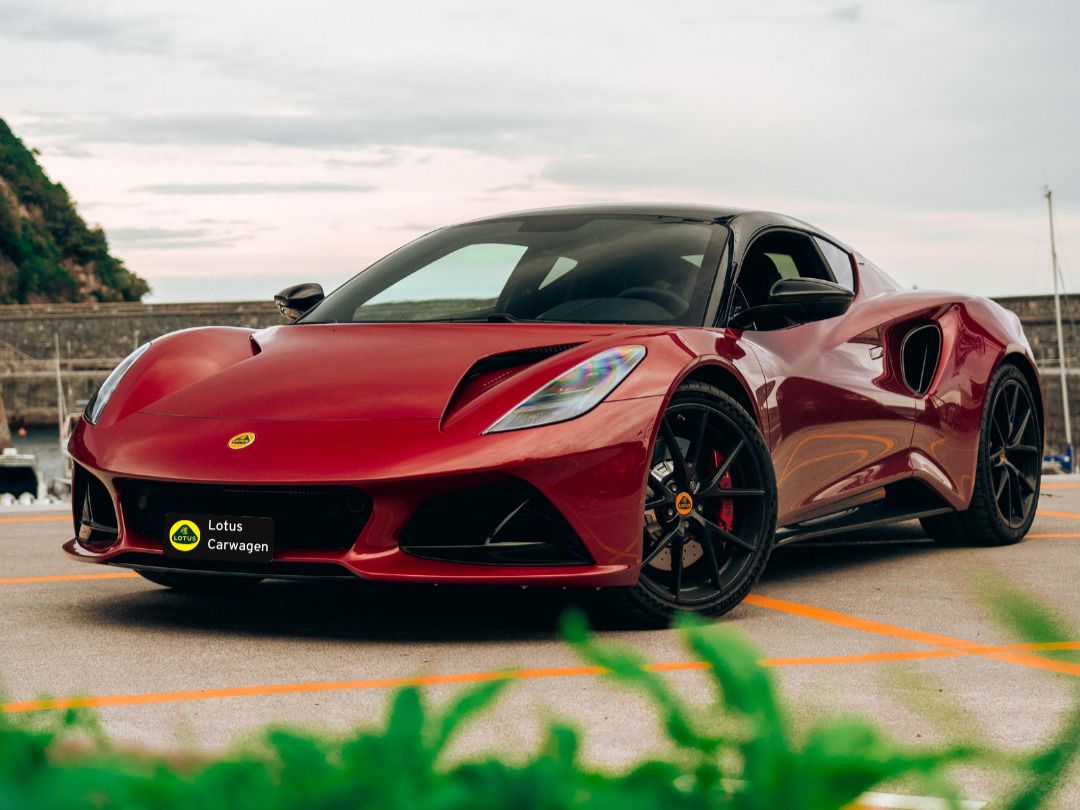New article from a Spanish publication, including the video of the Dealer demo in Spain.

 www.zonamovilidad.es
www.zonamovilidad.es

Análisis y diseño del Lotus Emira
En 2021 la marca británica Lotus presentó su nuevo vehículo deportivo que significa una nueva era en el diseño y la última propuesta de combustión interna en la compañía.




